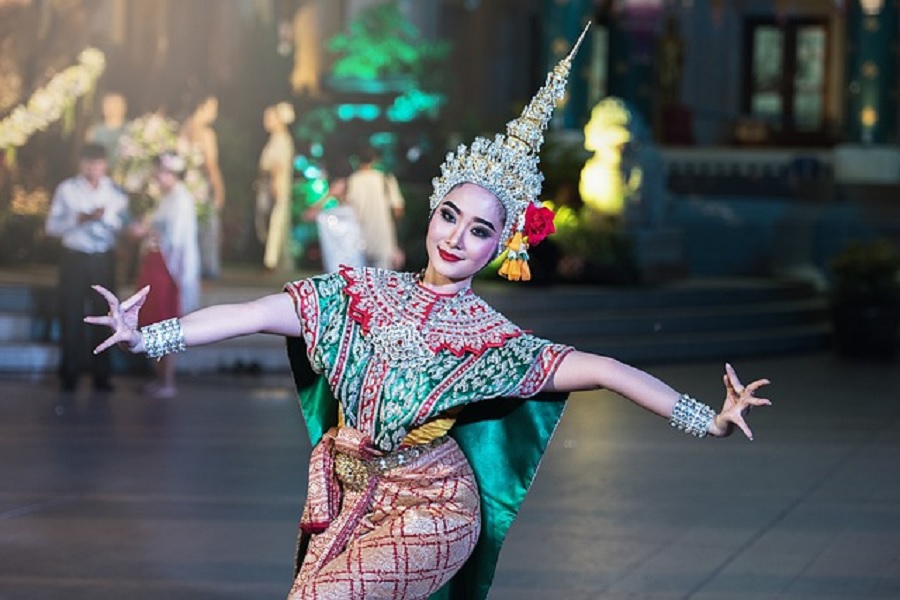Festivals Around the World: Experiencing Global Cultures Through Celebrations

Cultural festivals are windows into the soul of a destination, offering travelers a chance to dive deep into its traditions, art, music, dance, and food. Whether it’s the joyous colors of Carnival in Brazil, the sacred rituals of Diwali in India, or the vibrant celebrations of the Day of the Dead in Mexico, each festival provides a unique lens through which to understand and appreciate the local culture. This article explores some of the most fascinating global festivals and offers tips on how to participate in these cultural celebrations while showing respect for local customs.
Introduction: The Magic of Cultural Festivals
Festivals have always played a pivotal role in human societies, marking key events such as seasonal changes, religious observances, and historical moments. They provide a platform to celebrate collective identities, honor traditions, and create lasting memories. For travelers, these festivals offer an opportunity to connect with the heart of a destination, allowing them to experience music, dance, cuisine, and customs that may not be visible in daily life. In this article, we will explore a few of the most unique and culturally rich festivals around the world and provide tips on how to make the most of your festival experience.
1. Diwali – India: A Festival of Lights and Joy
Overview: Known as the "Festival of Lights," Diwali is one of the most significant Hindu festivals celebrated with great enthusiasm across India and in many parts of the world. The festival signifies the victory of light over darkness and good over evil. It is celebrated by millions, with families lighting oil lamps (diyas), bursting fireworks, decorating homes, and sharing sweets.
What to Expect: During Diwali, cities and towns sparkle with colorful lights, and temples come alive with prayers and ceremonies. The streets are filled with the sounds of firecrackers and the aromas of sweets and incense.
How to Participate:
Attend a local Diwali ceremony at a temple or participate in the evening Aarti (a devotional prayer ceremony).
Engage in the traditional art of Rangoli, where colorful patterns are created on the ground outside homes.
Respect the local customs of offering prayers, visiting friends and family, and exchanging gifts.
Travel Tip: While it’s tempting to join in the fireworks, be mindful of noise levels, as the celebration can be overwhelming for some, especially children and pets. It's essential to be considerate of the environmental impact of fireworks.
2. Carnival – Brazil: The Ultimate Celebration of Music, Dance, and Culture
Overview: Carnival in Brazil is the world’s largest and most famous festival, attracting millions of visitors from around the globe. Held annually before Lent, the festival is a vibrant expression of Brazilian culture, featuring parades, samba music, extravagant costumes, and a spirit of joy and revelry.
What to Expect: Carnival is all about extravagant parades, where samba schools compete in the streets, performing dances, and showcasing elaborate floats. There are parties (blocos) in every
How to Participate:
Join a bloco (street party) and dance samba with locals.
Attend the Samba Parade in Rio de Janeiro’s Sambadrome for an unforgettable spectacle.
Don’t forget to wear bright, colorful clothing and embrace the spirit of the festival.
Travel Tip: While Carnival is a time for fun and festivity, be respectful of local customs and traditions. Always keep safety in mind and follow local guidelines for navigating the crowds.
3. Day of the Dead – Mexico: Honoring Ancestors Through Rituals and Festivities
Overview: The Day of the Dead (Día de los Muertos) is a Mexican tradition that honors deceased loved ones. The celebration is a blend of indigenous rituals and Catholic practices, with families creating altars (ofrendas) adorned with candles, marigolds, food, photographs, and sugar skulls to welcome back the spirits of their ancestors.
What to Expect: During this two-day celebration (November 1st and 2nd), the streets of Mexico come alive with colorful processions, folk dances, and music. The air is filled with the scents of freshly baked pan de muerto (bread of the dead) and sugar skulls, and people paint their faces as intricate skeletons.
How to Participate:
Visit a local cemetery where families gather to clean the graves of their ancestors, offer food, and share stories.
Take part in a community procession or watch a traditional dance performance.
If invited, partake in the sharing of food and drinks at a family altar.
Travel Tip: It’s important to approach the Day of the Dead with respect, as it is a deeply spiritual event for many Mexicans. Avoid taking photos without permission, especially at family altars or during private moments of mourning.
4. Oktoberfest – Germany: A Beer Lover’s Paradise with Bavarian Traditions
Overview: Oktoberfest, held annually in Munich, Germany, is the world’s largest beer festival, drawing millions of visitors each year. It’s a celebration of Bavarian culture, with lively beer halls, traditional music, folk dances, and hearty food like pretzels and sausages.
What to Expect: The festival features massive tents filled with people drinking beer, singing, and dancing. There are traditional Bavarian costumes, like lederhosen for men and dirndls for women, and a festive atmosphere that spills over into the streets.
How to Participate:
Enjoy the lively atmosphere in the beer tents, but remember to drink responsibly.
Participate in traditional Bavarian activities, such as yodeling and polka dancing.
Try the local specialties, including bratwurst, sauerkraut, and pretzels.
Travel Tip: Oktoberfest is a great opportunity to meet locals and make new friends, but be mindful of the drinking culture. Always respect local customs, and if you plan to drink, do so in moderation.
5. Chinese New Year – China: Welcoming the Lunar New Year with Tradition and Festivity
Overview: Chinese New Year, also known as the Spring Festival, is the most important traditional holiday in China. It marks the start of the lunar new year and is celebrated with fireworks, parades, dragon dances, and family reunions. Each year is associated with one of the 12 animals of the Chinese zodiac.
What to Expect: Expect a burst of color, fireworks, dragon parades, and families gathering for large meals. Streets are decorated with red lanterns and paper cuttings, symbolizing good fortune. Traditional foods such as dumplings, fish, and rice cakes are enjoyed to bring luck for the new year.
How to Participate:
Watch a traditional dragon dance or lion dance performance.
Visit local markets to witness the cultural preparations for the festival.
Spend time with a local family to learn about their traditions and enjoy a traditional Chinese New Year feast.
Travel Tip: Chinese New Year can be very crowded, especially in large cities like Beijing or Shanghai. Plan your accommodations and transport well in advance, as many locals travel home to be with family during this time.
Conclusion: Respectful Engagement in Cultural Festivals
Cultural festivals are not only about having fun and enjoying the festivities; they offer a deep connection to the traditions and identity of a place. To truly immerse yourself in these celebrations, it’s crucial to approach them with respect and curiosity. Participate with an open heart, engage in local customs, and appreciate the opportunity to witness the richness of human culture.
Festivals are a way to transcend the ordinary and experience the extraordinary, and by doing so, you’ll gain a deeper understanding of the world and the people who make it so vibrant. Whether you're dancing in the streets of Rio, honoring ancestors in Mexico, or marveling at the lights of Diwali, festivals offer an unforgettable way to connect with the spirit of a place.
























